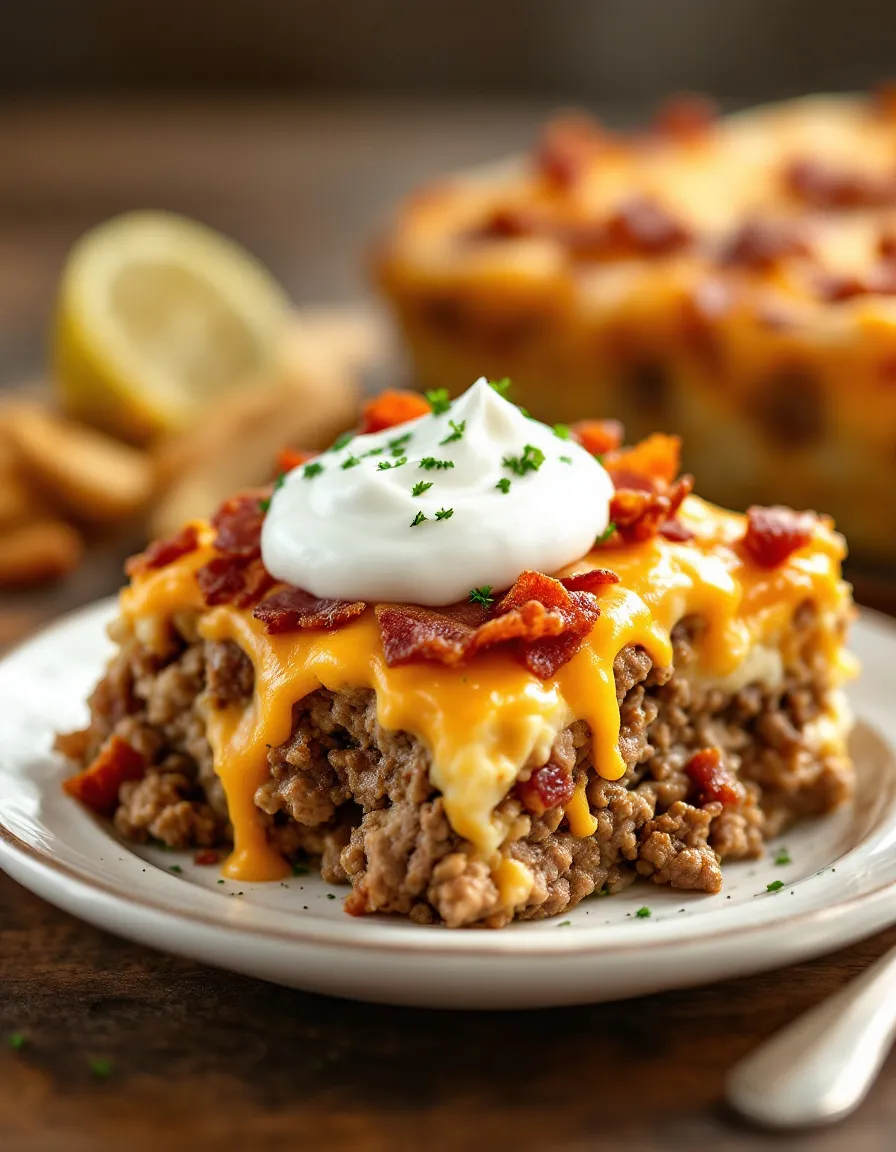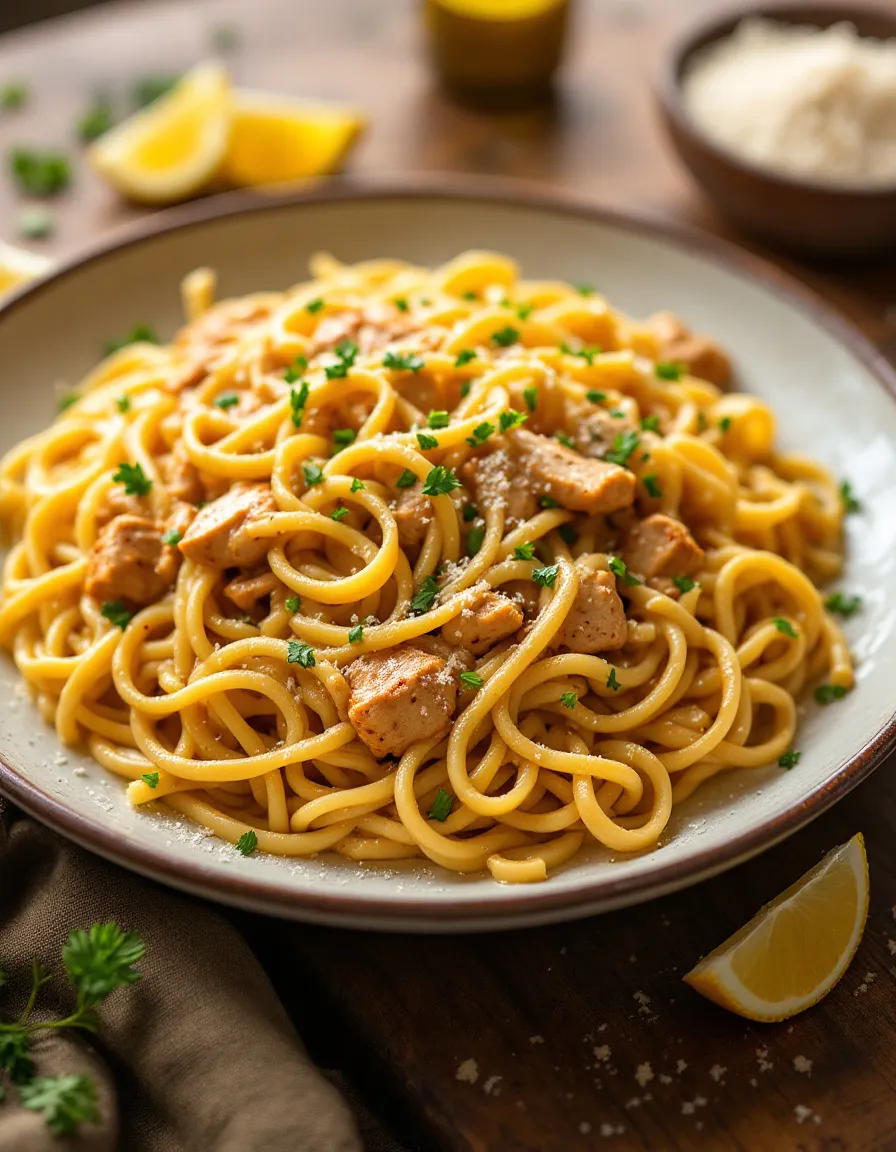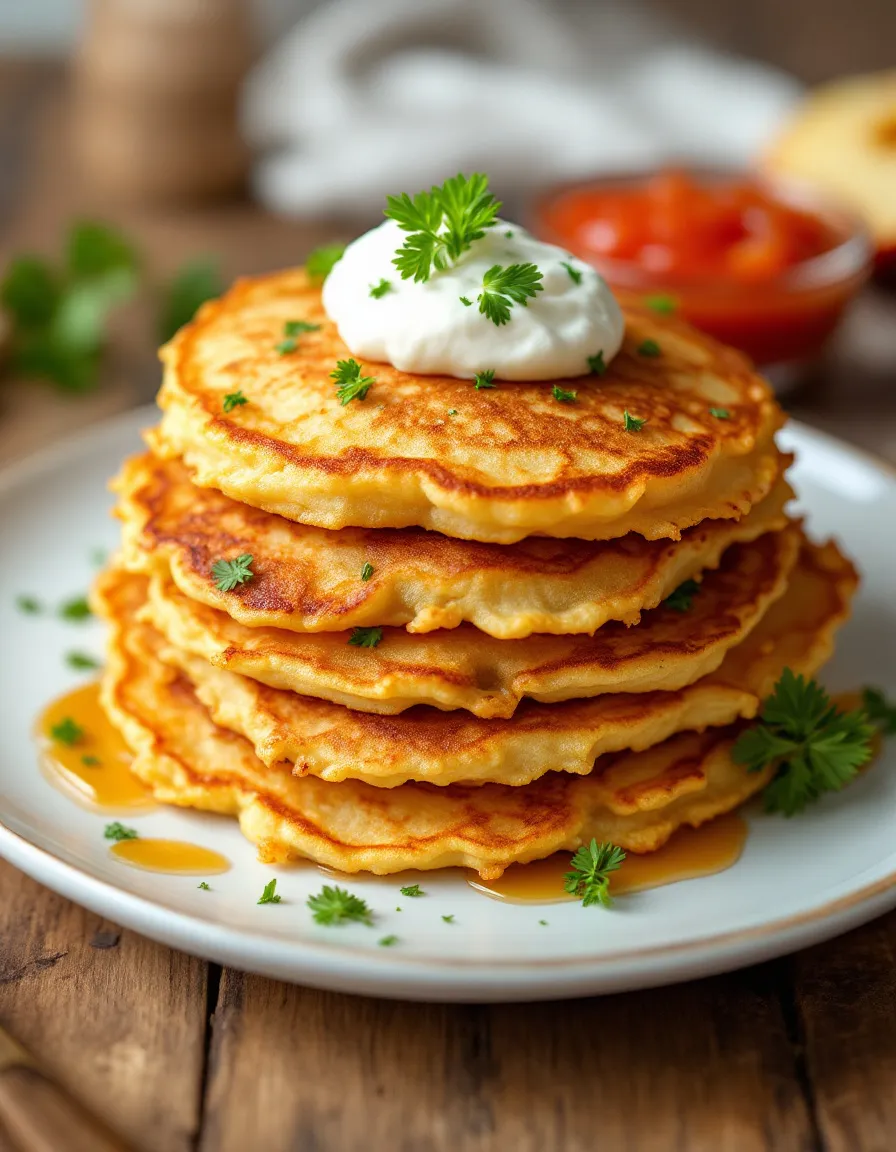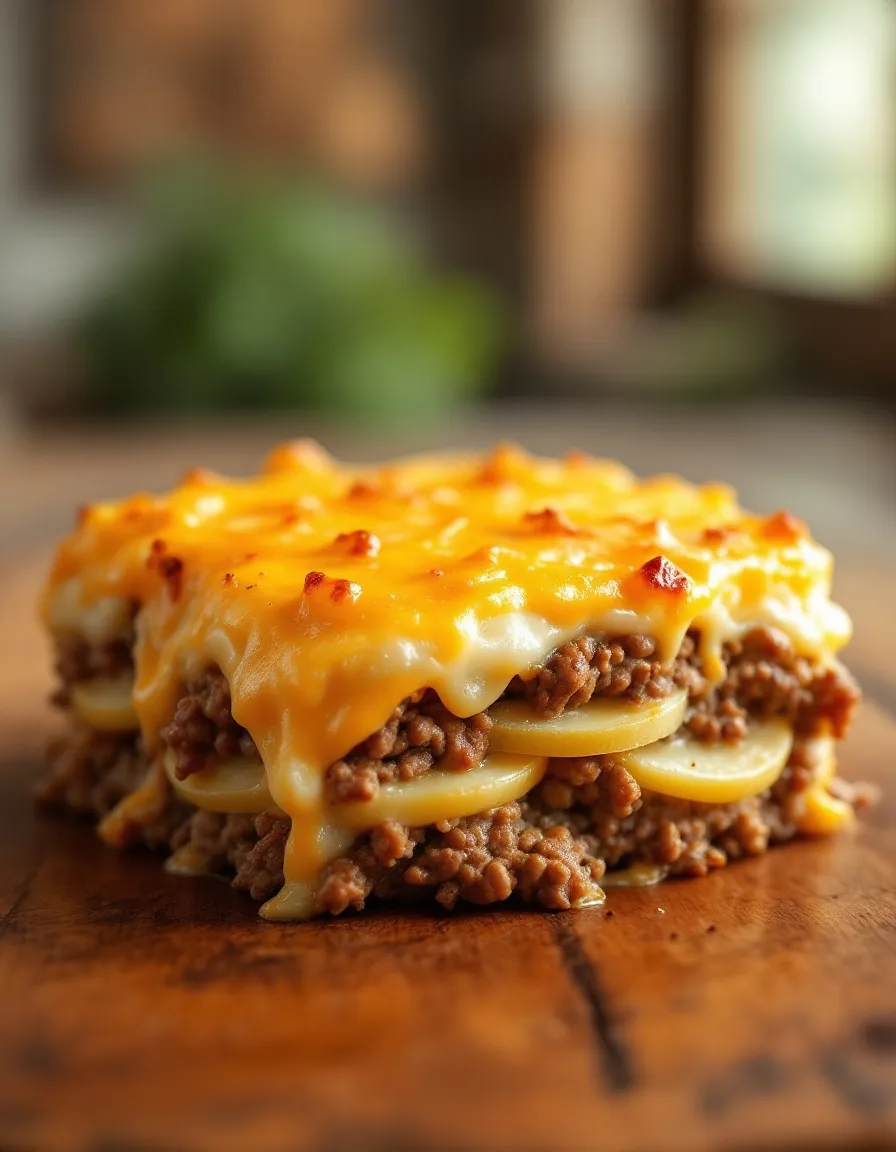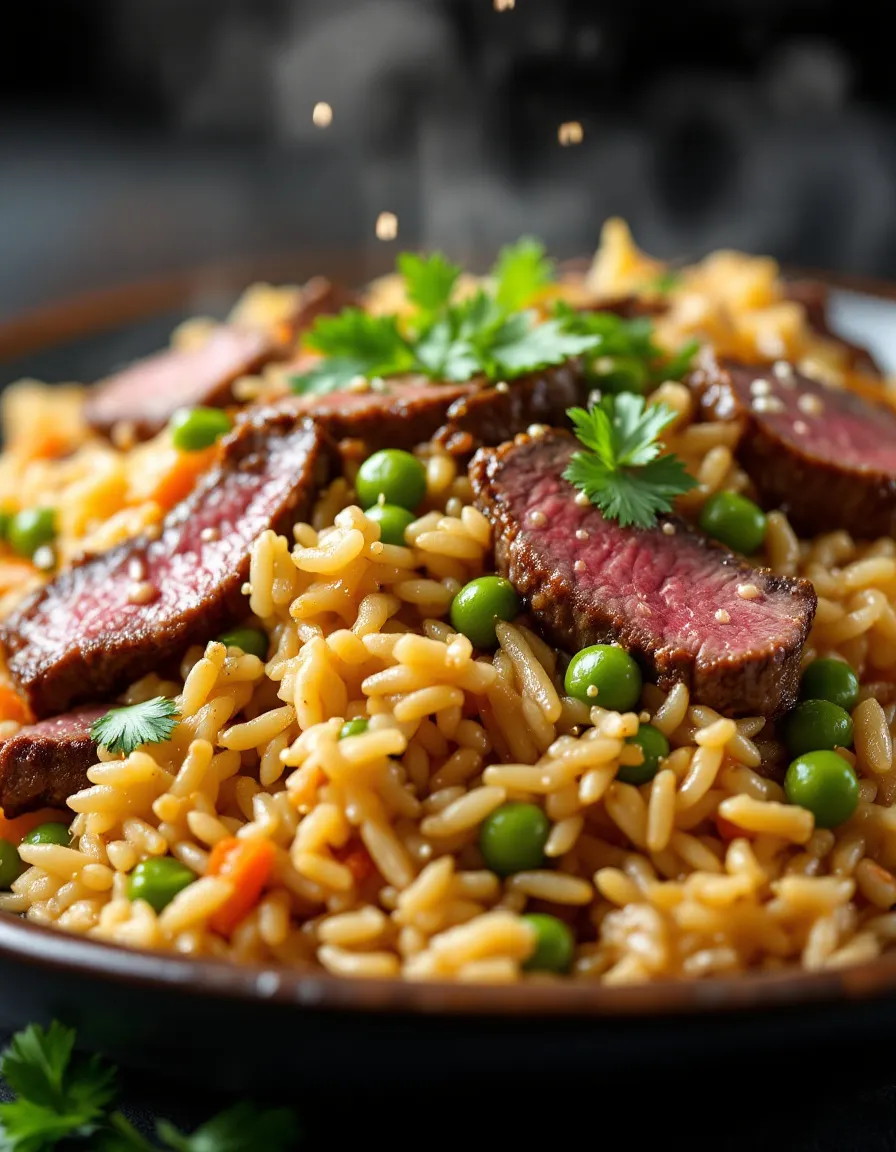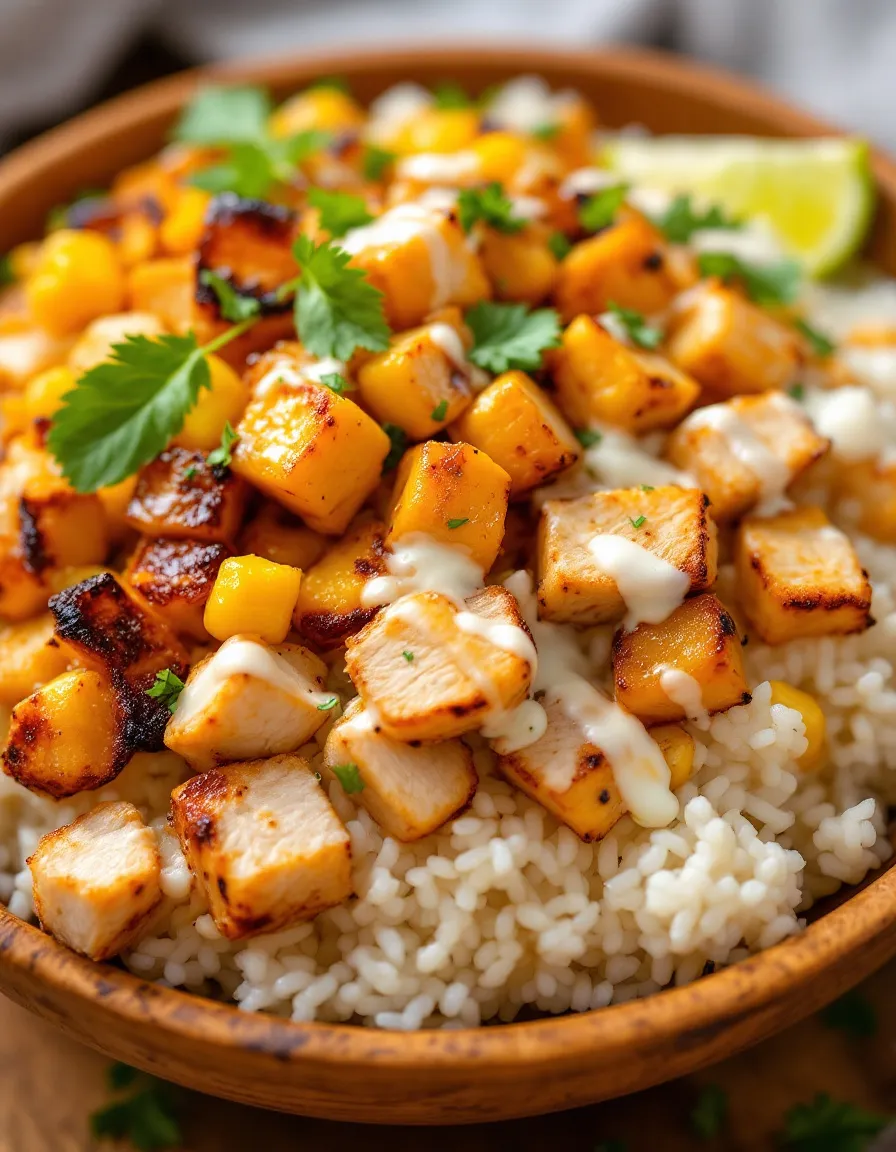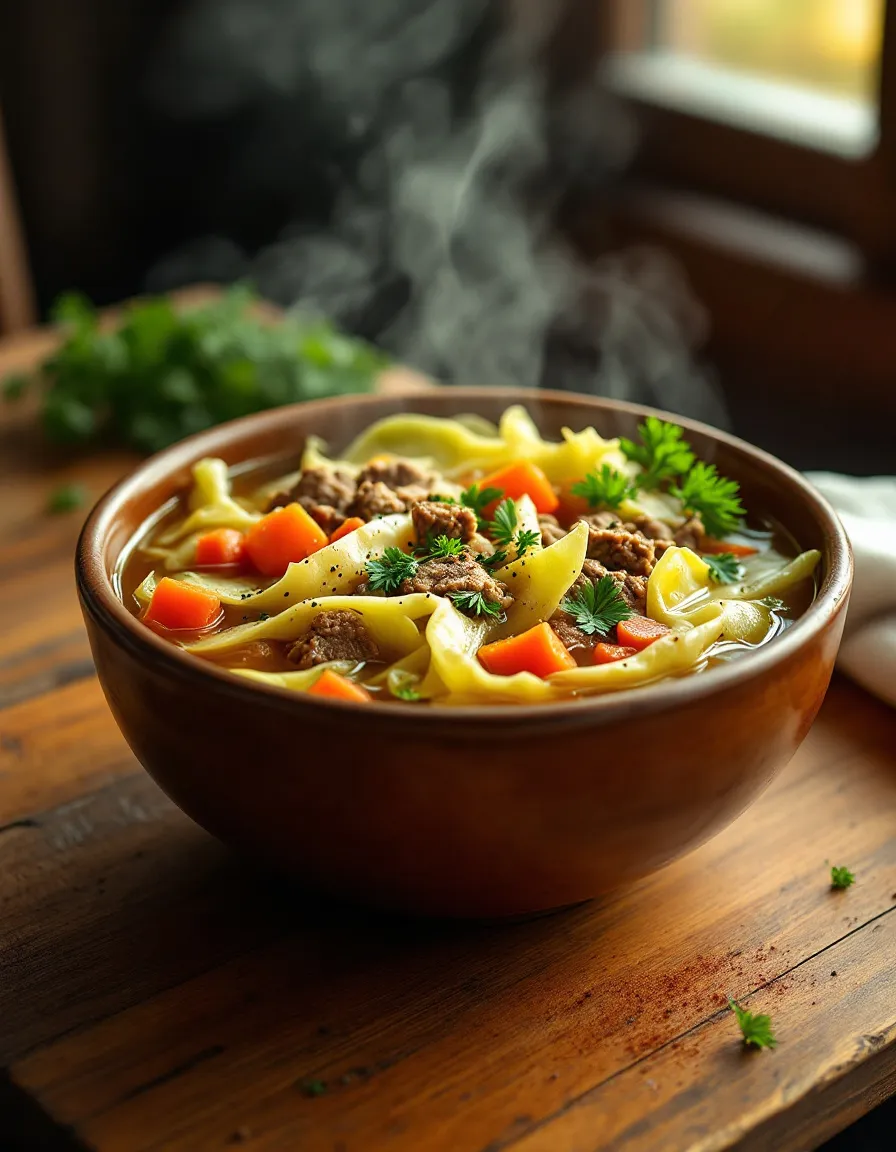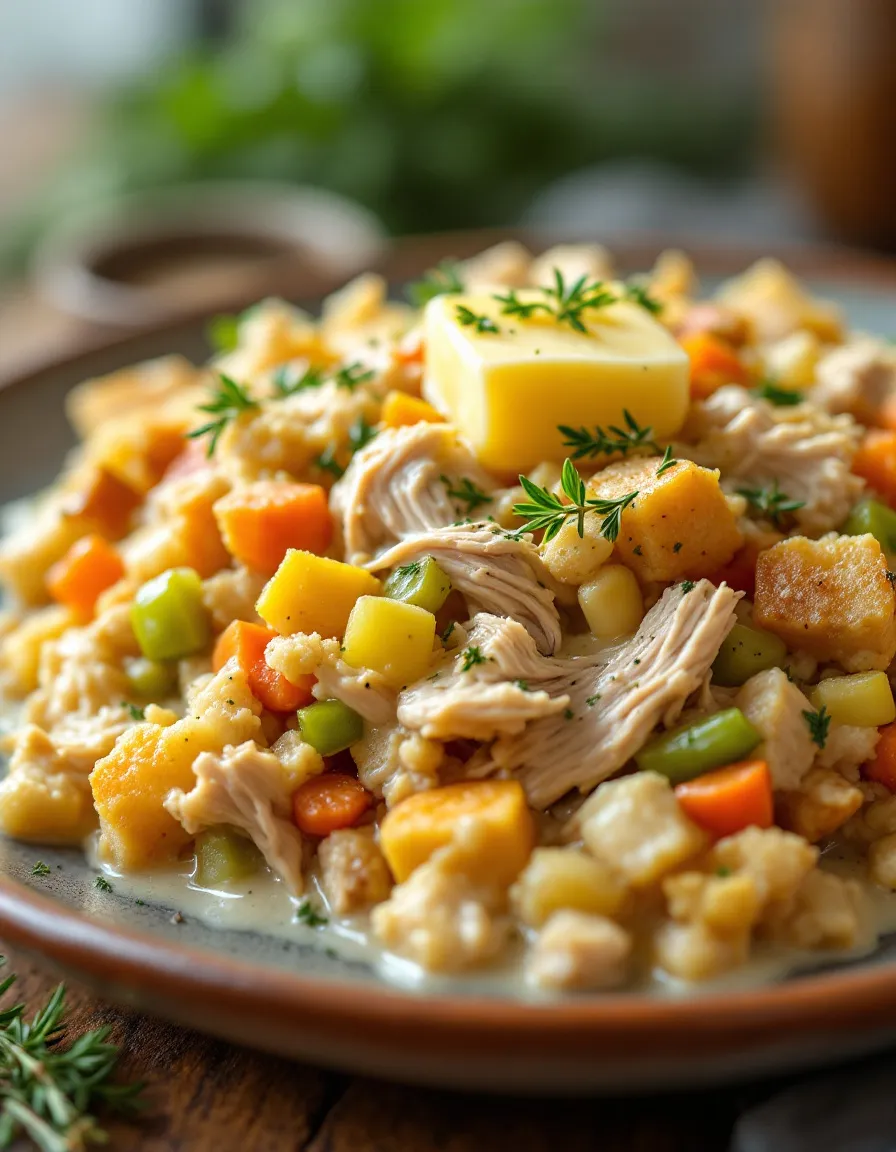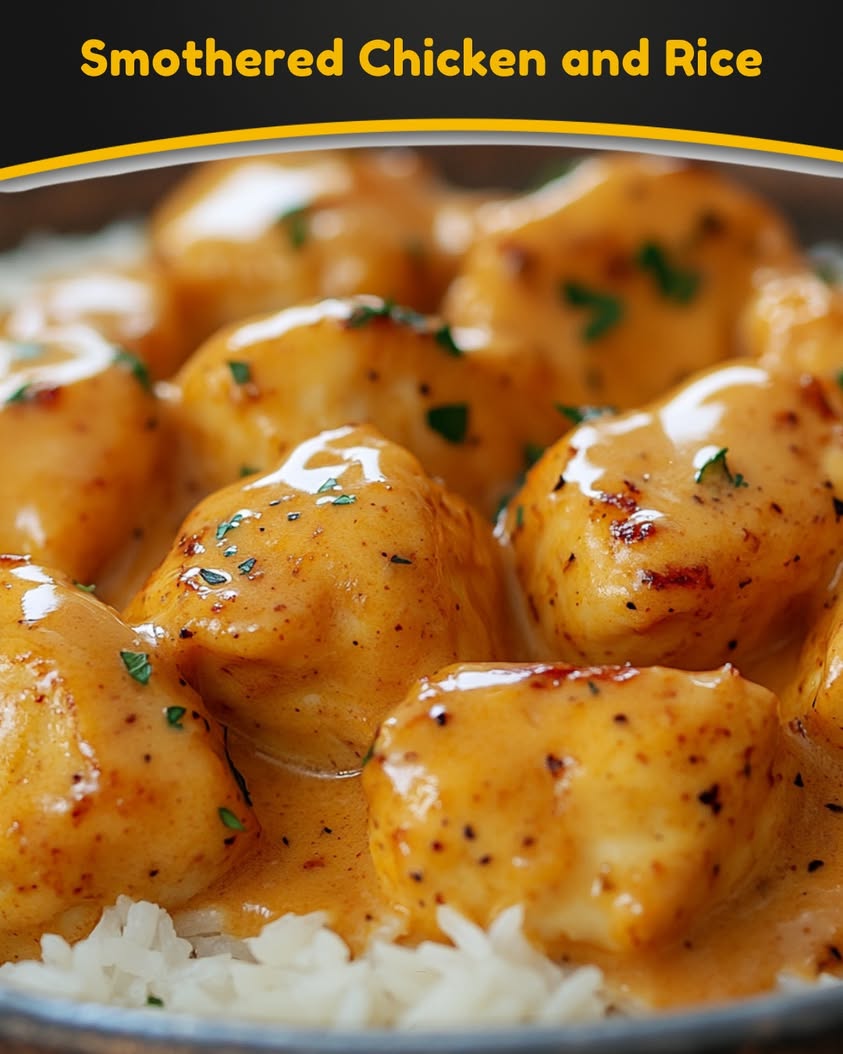Cheesy Pepperoni Stromboli: A Delicious Twist on a Classic Italian Favorite
Indulge in the fantastic flavors of this Cheesy Pepperoni Stromboli, a delectable dish that blends comforting cheese and zesty pepperoni, all enveloped in a golden, crispy crust. This recipe is perfect for gatherings, game nights, or simply when you’re craving something savory. As you slice into the warm, cheesy goodness, the aroma will entice everyone, making it hard to resist. The combination of melted cheese and spicy pepperoni provides a rich and satisfying bite that will leave you wanting more.
This Cheesy Pepperoni Stromboli is not just about taste; it’s also about texture! The dough bakes to a lovely crisp on the outside while remaining wonderfully soft and chewy on the inside. Each bite reveals the molten cheese and savory meat, creating a delightful mouthfeel. It’s as fun to make as it is to eat, and once you outline the steps, you’ll find it’s straightforward, making it an ideal choice for both seasoned cooks and kitchen novices alike.
Quick Recipe Highlights
- Flavor Profile: Enjoy the rich blend of melty cheese, pepperoni’s spice, and a hint of garlic for a flavorful punch.
- Texture: The contrast between the crispy crust and gooey center makes every bite a textural delight.
- Aroma: A warm, inviting scent of baked bread and savory meats fills the air as it cooks.
- Visual Appeal: The golden-brown exterior and oozy cheese make it an Instagram-worthy dish.
- Skill Level Needed: This recipe is easy to follow, making it suitable for cooks of all abilities.
- Special Equipment: All you need is a baking sheet and parchment paper for easy cleanup.
Recipe Overview
- Difficulty Level: This Cheesy Pepperoni Stromboli is rated at a medium difficulty level, making it great for those who enjoy cooking but may not be experts just yet. With straightforward ingredients and steps, you’ll feel accomplished once it’s out of the oven.
- Category: This dish fits into the category of savory snacks and finger foods, perfect for parties, movie nights, or casual family dinners.
- Cuisine: Originating from Italian-American kitchens, Stromboli is a culinary delight that has evolved over time, becoming a staple in many households.
- Cost: The ingredients are cost-effective, typically totaling around $10-$15, depending on local prices and sales.
- Season: This dish can be enjoyed year-round, but it’s particularly popular during football season and for holiday parties due to its sharing nature.
- Occasion: Perfect for casual get-togethers, tailgating, or as a delightful appetizer during any festive gathering.
Why You’ll Love This Recipe
The taste and texture appeal of this Cheesy Pepperoni Stromboli is second to none. Each bite bursts with flavor, as the rich cheese melds with the spicy pepperoni, creating a harmonious blend that is utterly addictive. You can customize it by adding your favorite toppings, ensuring that every version is unique.
Convenience is another reason this recipe shines. Preparing the Stromboli can be done in under an hour, making it a quick yet satisfying meal option. The dough can also be made ahead of time or purchased pre-made for even quicker assembly.
Nutritionally, the inclusion of protein from pepperoni and calcium from cheese can contribute to a balanced meal, especially when paired with a side salad. By choosing leaner meats and whole wheat dough, you can increase its health benefits without compromising on flavor.
This recipe offers great social value, as it’s a sharable dish that encourages everyone to gather around the table. It serves as a conversation starter and is bound to be a hit at parties and family gatherings, bringing joy and connection to your meals.
Additionally, the cost-effectiveness of this Cheesy Pepperoni Stromboli can’t be overlooked. With minimal ingredients that are typically budget-friendly, it allows you to feed a crowd without breaking the bank, making it accessible to everyone.
Historical Background and Cultural Significance
The origin of Stromboli can be traced back to Italian immigrants in the United States during the 1950s. It’s named after the volcanic island of Stromboli, invoking images of hot and spicy flavors characteristic of the region. Initially, it was a simple sandwich rolled up with various meats and cheeses, but over time, it evolved into the cheesy, baked delight we know today.
Culturally, Stromboli represents the fusion of Italian culinary traditions with American tastes. It showcases how immigrant communities adapt their traditional recipes, blending familiar flavors with local ingredients to create something new, yet reflective of their heritage.
This recipe has evolved as well, with regional variations popping up across the United States. Some feature different meats or additional vegetables, allowing families to add personal touches that resonate with their tastes and traditions.
Stromboli’s significance continues in modern culinary culture, favorably positioned as a go-to snack for sports events, parties, and family gatherings. Its ability to be customized makes it a versatile dish that bridges traditional Italian flavors and contemporary dining culture.
Ingredient Deep Dive
Dough: The bread dough is the essential base of the Stromboli, and choosing the right type is crucial for achieving optimal texture. Traditionally, a simple pizza dough is used, but you can experiment with various types, such as whole wheat or gluten-free. Nutritionally, whole wheat dough offers more fiber. When selecting, look for fresh, high-quality dough or make your own for the best results. Store it in the fridge if you’re using fresh dough or freeze it for longer preservation.
Pepperoni: This iconic Italian-American salami brings a mouthwatering spiciness and depth to your Stromboli. Packed with protein, pepperoni is a beloved ingredient, but it can also be high in sodium. When selecting, opt for high-quality pepperoni made without fillers. Store in a cool environment and consider replacing with turkey pepperoni for a lower-fat option.
Common Mistakes to Avoid
- Overfilling the Stromboli: It’s tempting to load it up, but too much filling can lead to explosions in the oven. Stick to moderate amounts of fillings for the best outcome.
- Not sealing properly: Ensure the edges are well-sealed to avoid leakage during baking. A simple pinch can make all the difference!
- Baking at the wrong temperature: Follow the recommended temperature closely. Too high, and the crust may burn while the inside remains raw.
- Using cold fillings: For a better rise and even cooking, allow ingredients like cheese and meats to reach room temperature before assembling.
- Skipping the parchment paper: This is essential to prevent sticking. Baking directly on the pan can lead to a disaster!
- Not allowing it to rest post-baking: Letting it rest for a few minutes helps set the filling, making slicing easier.
- Cuts made before baking: Avoid cutting the surface before baking; this lets the steam escape and can make for a dry result.
- Using low-quality cheese: Cheap cheese can lead to a chewy texture; opt for high-quality mozzarella for gooey goodness.
- Ignoring the cooling time: Cutting too soon might make the filling ooze out, ruining presentation.
- Not checking for doneness: Always use a thermometer; the internal temperature should reach 190°F for perfect results.
Essential Techniques
Rolling the Dough: Mastering the dough roll is crucial for an even Stromboli; start from one edge and gently roll outwards. Avoid uneven pressure, which can lead to tears. Aim for a thickness of about ¼ inch.
Sealing the Edges: Properly sealing the edges ensures that the filling stays inside during baking. Press firmly along the edges and consider using a fork to crimp for extra security. This is also a key visual cue to check when making Stromboli.
Pro Tips for Perfect Cheesy Pepperoni Stromboli
1. Experiment with different cheeses for varied flavors; provolone or cheddar can add a fun twist.
2. Bake on a pizza stone for a crispy crust.
3. Brush the dough with garlic butter before baking for extra flavor.
4. Opt for pesto or marinara inside for a flavor burst.
5. Serve with dipping sauces to elevate the dining experience.
6. Consider adding sautéed vegetables for an extra nutritional boost.
7. Create a themed night by pairing it with Italian wines.
8. Use leftovers creatively in other recipes to minimize waste.
Variations and Adaptations
You can easily adapt this Cheesy Pepperoni Stromboli to fit various tastes. For regional variations, try incorporating local sausage or peppers. Seasonal adaptations might include adding roasted vegetables in summer for a lighter version, while a heartier filling of meats can suit fall weather.
For dietary modifications, make it vegetarian by swapping pepperoni for sautéed mushrooms or spinach. If you’re looking for a different flavor profile, try barbecue sauce instead of traditional marinara for a barbecue chicken version.
Texture modifications can also enhance your dish; for a crunch, consider sprinkling some seasoned breadcrumbs on the filling. Furthermore, to keep it classic, stick to the traditional shape, but you could also cut it into bite-sized pieces before baking for a unique presentation.
Serving and Presentation Guide
For an impressive presentation, slice the Stromboli diagonally and arrange the pieces on a platter. Garnish with fresh herbs or a drizzle of olive oil for color. Serve alongside bowls of marinara sauce or garlic butter for dipping. Consider the temperatures carefully; Stromboli is best enjoyed warm.
To control portions, serve smaller slices for appetizers or larger pieces for a main dish. Pair it with a crisp side salad to balance the hearty flavors and offer guests a refreshing contrast.
Wine and Beverage Pairing
Pair this Cheesy Pepperoni Stromboli with a robust red wine, such as Chianti or Zinfandel, to complement the savory flavors. For non-alcoholic options, consider a sparkling grape juice or a refreshing iced tea. If a warm beverage is desired, a rich espresso could enhance the Italian experience.
Storage and Shelf Life
To store leftover Stromboli, wrap tightly in plastic wrap or aluminum foil and refrigerate for 3-4 days. For longer-lasting storage, consider freezing; wrap in multiple layers to avoid freezer burn. Signs of spoilage include an off smell or significant texture changes, so always check before consuming. When reheating, aim for a temperature of 350°F to maintain crispness while warming the interior thoroughly.
Make Ahead Strategies
If you’re preparing for an event, you can make the dough a day in advance and store it in the refrigerator. Prepare the filling ahead of time and refrigerate it separately. On the day of serving, assemble and bake directly from the fridge for a fresh taste. For best results, aim to reheat any chilled components to room temperature before final assembly, ensuring optimal flavor and texture.
Scaling Instructions
The Cheesy Pepperoni Stromboli is easily scalable; if you’re hosting a large crowd, consider doubling the recipe and preparing multiple Stromboli. For halving, use a smaller baking sheet and adjust cooking times slightly. It’s important to monitor closely to ensure even baking, particularly with varying sizes of the roll.
Nutritional Deep Dive
Analyzing the nutritional content of this Cheesy Pepperoni Stromboli reveals a good balance of macronutrients—primarily carbohydrates from the dough, protein from the toppings, and fats from the cheese. For those managing weight, consider portion sizes and balance with nutritious sides like salads or grilled vegetables to round out meals.
Dietary Adaptations
This Cheesy Pepperoni Stromboli can easily be modified to meet various dietary needs. To create a gluten-free version, use approved flour blends or gluten-free pizza dough, ensuring all fillings and sauces used are also gluten-free. For a dairy-free option, substitute traditional cheese with plant-based versions, paying attention to flavor profiles.
Troubleshooting Guide
In case of texture issues, ensure the dough is rolled evenly and baked thoroughly, as uneven thickness can lead to soggy spots. If the flavors seem off, consider adjusting the seasoning levels in the sauce or fillings to bring balance. Should timing be an issue where the Stromboli seems overcooked, check the oven’s temperature accuracy, as variances can lead to miscalculations in timing.
Recipe Success Stories
Readers have shared great success with this Cheesy Pepperoni Stromboli, noting it as a crowd-pleaser at gatherings. Many have adapted the recipe with unique ingredients, creating their own take that resonates with family traditions. Photography tips include using natural light and vibrant backgrounds to showcase the baked product’s golden color and melty cheese to attract attention on social media.
Frequently Asked Questions
Can I use other meats in this recipe? Absolutely! Feel free to swap or mix meats, such as ham or turkey, to suit your preferences while keeping the flavors exciting.
Is it possible to freeze this dish? Yes, you can freeze Stromboli both before and after baking. Wrap tightly and store in an airtight container to prevent freezer burn.
How can I make it spicier? Add jalapeños to the filling, or use spicy pepperoni for an added kick. You can also sprinkle red pepper flakes on before baking for heat.
What dipping sauces pair well? Marinara is traditional, but garlic butter, ranch dressing, or pesto offer delicious alternatives for dipping.
How do I know when it’s done baking? The Stromboli should be a golden-brown color, and internal temperatures should reach about 190°F for perfect doneness.
Can I use store-bought dough? Yes, using pre-made dough is a great time-saver! Just ensure it is high quality for the best results.
What can I add for extra flavor? Herbs like oregano, basil, or even a sprinkle of Parmesan cheese can enhance the flavor profile of your Stromboli.
How should I store leftovers? Wrap in plastic wrap or foil and keep in the fridge for up to four days, or freeze for longer storage.
Can this recipe be made vegetarian? Yes, omit the pepperoni and replace it with plenty of veggies, like bell peppers and onions, for a delightful twist.
What’s the best way to reheat Stromboli? The best method is to reheat it in the oven at 350°F for about 10-15 minutes, ensuring it stays crispy.
Additional Resources
For those interested in further exploring this cuisine, check out complementary recipes like homemade marinara, garlic knots, or Italian salads. Additionally, guides on dough making and ingredient substitutions can help elevate your culinary skills while ensuring fresh and flavorful results.
Join the Conversation
We love hearing from our cooking community! Share your experiences with this Cheesy Pepperoni Stromboli on social media, and don’t forget to tag us! Your stories and variations could inspire others. Dive into the comments below to ask questions, swap tips, or show off your beautiful creations. Let’s keep culinary creativity alive!
The Recipe
Cheesy Pepperoni Stromboli
Serves: 4
Prep Time: 20 mins
Cook Time: 25 mins
Total Time: 45 mins
Kitchen Equipment Needed
- Baking sheet
- Parchment paper
- Rolling pin
- Sharp knife
Ingredients
- 1 pound pizza dough
- 8 ounces mozzarella cheese, shredded
- 6 ounces pepperoni slices
- ½ cup marinara sauce (for dipping)
- 1 egg, beaten (for egg wash)
- 2 tablespoons olive oil
- 1 teaspoon garlic powder
Directions
- Preheat oven to 400°F (200°C) and line the baking sheet with parchment paper.
- Roll out the pizza dough on a floured surface to create a rectangle, approximately ¼ inch thick.
- Spread the shredded mozzarella evenly across the dough, leaving a one-inch border.
- Layer the pepperoni slices over the cheese.
- Starting from one edge, carefully roll the dough away from you into a tight log, sealing the edges as you go.
- Tuck the ends under to seal, and transfer the Stromboli to the prepared baking sheet.
- Brush the top with the beaten egg, and sprinkle garlic powder over the top.
- Bake for 25 minutes, or until the top is golden and the cheese is bubbling.
- Remove from the oven, let cool for a few minutes, cut into slices, and serve with marinara sauce.
Recipe Notes
- Feel free to substitute pepperoni with any other meat or vegetables for a personalized touch.
- To enhance flavor, consider adding herbs and spices to the cheese filling.

